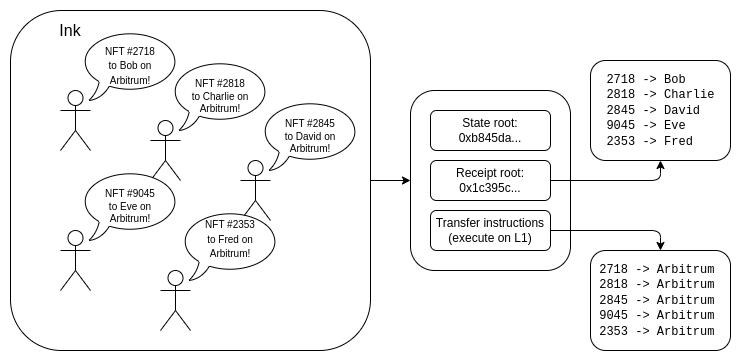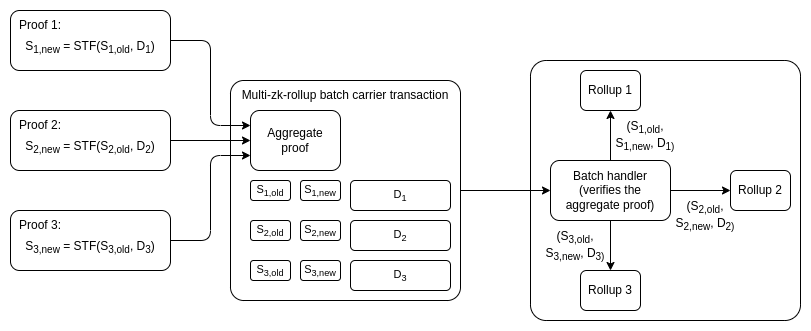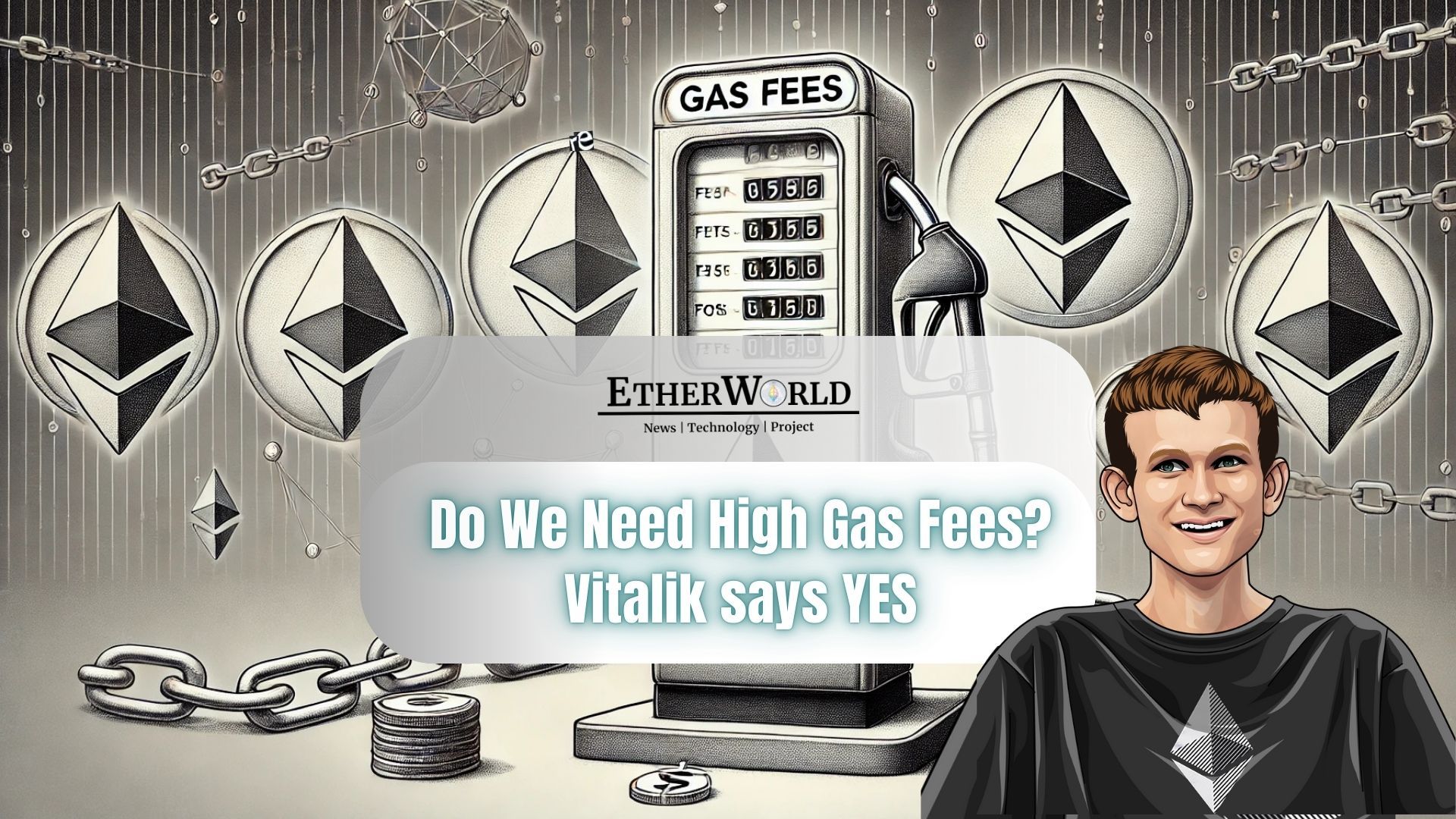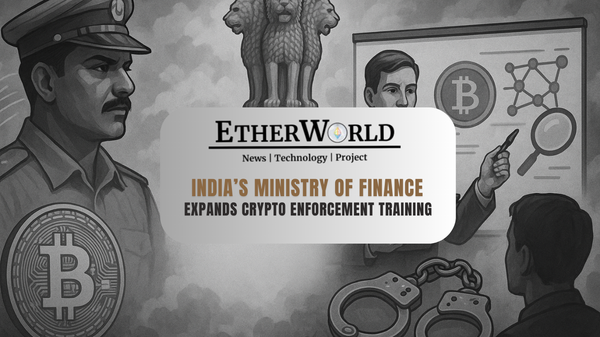Imagine Ethereum as a busy highway. Today, most cars (transactions) travel on side roads (Layer 2 or L2) to avoid traffic jams. However, the main highway (Layer 1 or L1) still has an important role—it keeps the whole network safe and lets important or emergency vehicles pass through quickly. In this article, we'll explore why it’s useful to widen the main highway (increase the L1 gas limit) even if most traffic uses the side roads, using simple language and examples.
1. Keeping Things Fair and Fast (Censorship Resistance)
What’s the idea?
A key promise of blockchains like Ethereum is that if you have enough funds and your transaction is valid, it will get through without being blocked by a few people in power.
Example:
Imagine you need to send money quickly because the price of something is changing fast. If your transaction is delayed—even by a few minutes—you might lose out or get liquidated (lose your money). On Ethereum’s main highway (L1), many different people (validators) work together, making it very hard for anyone to block your transaction for long.
The problem:
Layer 2 solutions often have fewer or more centralized managers who might block transactions if things go wrong. In emergencies, you might have to force your way through on L1, but if the highway is too narrow (low gas limit), this “force-inclusion” route can become very expensive. For instance, today forcing a transaction might cost around $4.50. To make it cheaper—say below $1—we’d need the highway to be at least 4.5 times wider.
2. Moving Assets Between Side Roads (Cross-L2 Transfers)
What’s the idea?
Sometimes, you might want to move things like NFTs (digital collectibles) or tokens from one side road (L2) to another. Right now, doing this requires stopping on the main highway (L1) twice: once to withdraw and once to deposit.

Example:
Today, a simple cross-L2 move might use up 370,000 gas units (a measure of work on Ethereum), which can cost around $14. With better planning and more capacity, we might drop that to around 7,500 gas units—roughly 28 cents per move. However, to make this switch safe and smooth for everyone, Ethereum’s main highway would need to be about 6 times wider.
3. A Quick Exit When Things Go Wrong (L2 Mass Exits)
What’s the idea?
If an L2 solution stops working or is attacked, users must be able to leave quickly by moving their assets back to L1. If too many users try to exit at the same time and the highway is too narrow, only a few can get off safely.
Reasons to have higher L1 gas limits even in an L2-heavy Ethereumhttps://t.co/BMFhzoO8bE
— vitalik.eth (@VitalikButerin) February 14, 2025
Example:
If each exit costs 120,000 gas, then in one week, only around 7.5 million people might be able to exit. But if we improve the process so that each exit costs only 7,500 gas, then many more people can leave safely. For example, if you hold 9 valuable assets, you’d want each to cost about 7,500 gas to move. This might require increasing L1’s capacity by as much as 9 times in busy times.
4. Creating Tokens on the Main Highway (Issuing ERC20s)
What’s the idea?
Many new tokens (like ERC20s) are being created on side roads (L2). But if an L2 has issues, tokens created there can be at risk. Creating tokens on L1 is safer but can be costly if the highway is crowded.
Example:
A popular token might cost about 1.65 million gas (or roughly $62) to deploy on L1 today. To encourage more projects to launch safely on L1—and to keep costs low (around 25 cents per transaction for smaller actions)—Ethereum might need to scale its L1 capacity by up to 18 times.
5. Changing Your Wallet’s Keys (Keystore Wallet Operations)
What’s the idea?
Some wallets store key information on L1 for extra security. If you ever need to change your keys or update your wallet, this information must be recorded on the main highway.

Example:
If each change takes 50,000 gas and all 3.1 billion users did this once a year, that would be a huge load on L1. With improvements that cut the cost to around 7,500 gas per change, the impact would be much lower. Even then, a small boost in L1 capacity (about 1.1 times more) would help keep these costs low.
6. Keeping Layers in Sync (L2 Proof Submission)
What’s the idea?
For L2 solutions to work together safely, they need to check in with L1 very often—almost like a heartbeat. Right now, these check-ins (or “proof submissions”) can be very costly.

Example:
A current submission might cost 500,000 gas per check-in. With better methods, this cost could drop to around 10,000 gas. This change would bring the yearly cost for an L2 from about $49 million to roughly $1 million, making it much more affordable. For even smoother operation, Ethereum would need a much wider L1.
Summarising it:
Even if most day-to-day work happens on L2 side roads, the main highway (L1) still needs to be wide enough to handle special tasks safely and affordably. Whether it's making sure you can force a transaction through when needed, moving assets between systems, or exiting quickly if something goes wrong, increasing L1 capacity (by roughly 10 times in some cases) is very valuable.
By planning ahead and scaling L1, Ethereum can support all these important functions and keep the network safe, fair, and user-friendly—even in emergency situations.
Feel free to ask any questions if something isn’t clear—think of this as our friendly chat about making Ethereum better for everyone!
Source: https://vitalik.eth.limo/general/2025/02/14/l1scaling.html
Vitalik's Thoughts in One Place
- Vitalik’s Vision for All: Ethereum Made Simple
- Vitalik Buterin on Ethereum as the ‘World Computer'
- “What Would the Perfect Ethereum Wallet Look Like?” Vitalik Buterin Breaks It Down
- Centralized Ethereum? Vitalik’s Plan May Surprise You!
- Ethereum's Infinite Endgame: Balancing Issuance, Staking, and Decentralization
- Vitalik Buterin Unveils Analysis on Ethereum's Diverse Layer 2 Landscape
Disclaimer: The information contained in this website is for general informational purposes only. The content provided on this website, including articles, blog posts, opinions, and analysis related to blockchain technology and cryptocurrencies, is not intended as financial or investment advice. The website and its content should not be relied upon for making financial decisions. Read full disclaimer and privacy Policy.
For Press Releases, project updates and guest posts publishing with us, email to contact@etherworld.co.
Subscribe to EtherWorld YouTube channel for ELI5 content.
Share if you like the content. Donate at avarch.eth
You've something to share with the blockchain community, join us on Discord!








